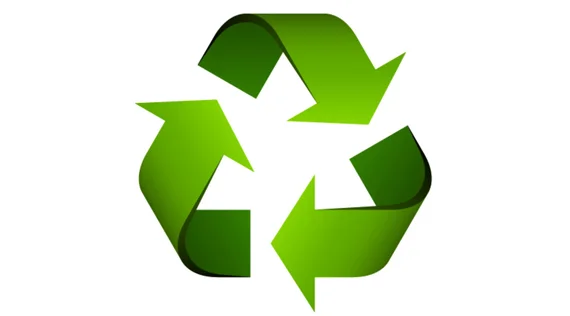
SEATTLE (Waste Advantage): Think for one moment about what happened when you launched your waste management company. It may have been decades ago when the idea of recycling was only something mentioned in TV shows or shared by Back To The Future when Doc Brown used food scraps to fuel his DeLorean.
Since then, many things have changed, but one thing continues to be the same: your business model. On day one, you started collecting waste and moving it to the local facilities or the closest landfill using your trucks.From there, you continued to grow your business, but in some aspects, it continues to remain the same. That is the situation for a majority of waste management companies across the U.S.—waste collection, separation at the transfer station, and disposal or transport. During the years, a few things changed, like the number of trucks, but the business model stayed the same.
Why? Because it works. It generates low turnover for the company, pays the salaries for the employees, pays the costs, and allows the owner to have free time outside of work. However, what would happen if I told you that you should modify your business model?
I am sure your answer will be: “Sam, we have been in business 30 years, and we arrived at this result thanks to this business model. We are not changing it now.” I have heard this feedback hundreds of times: “We have always done it this way.”
The problem is that what you leave on the plate is important and able to expand your business and attract investors and people wanting to acquire your company. I am talking about adapting your business model to the market’s new needs. A market that faced shortages, price growth, and inflation. A market that you could support thanks to your waste company. You can support the market by adding a step to your business model: starting selling secondary raw materials.
Implementation Considerations
#1: Education
Let me give you some important things you should implement to take the money you leave on the plate. If you cannot separate waste at your plant, educate people about waste separation.
Create an educational program involving local companies and communities where you collect waste, and share with them the importance of waste separation and show them how to do it.
#2: Management Process
The separated waste is a mine of materials. When you receive waste already separated, you should implement a management process focused on the different types of waste. Like in a supermarket where employees specialize in dry goods and employees specialize in frozen foods, your team should be specialized in managing the different types of waste and maintaining a low level of contamination between them.
#3: Sales Team
A sales team will bring in money. Now that you have different types of waste, it is time to find companies interested in purchasing the material. You need a sales team that researches and promotes these materials to companies that use them for production. The best thing should be to involve local companies to give them added value: a shorter lead time compared with the other suppliers. It will also offer them the opportunity to increase their sustainability by reducing their CO2 footprint.
#4: Long-Term Agreements
Create long terms agreements with the companies’ buyers based on quantities (minimum and maximum). This will not only help you to sleep well, but it will also help you to offer a forecast to your accountant and create a predictability on your company turnover. If you collect more waste, you can also offer more secondary raw materials to your customers.
An Important Direction
With these four steps, you will update your business model—passing from having a business based on unpredictability and exposure to the price war, to having a predictable business where the waste collection creates the base of your turnover. Still, the largest part will be generated by selling secondary raw materials.
Believe it or not, it is an important direction that your waste business can take in the near future. Not because we are in a terrible situation or something similar, but because the fluxes of certain raw materials are decreasing yearly because the countries that produce them are growing, and consequently, the availability for other markets is limited.
Courtesy: www.wasteadvantagemag.com



| Copper Scrap View All | |
| Alternator | 0.41 (0.01) |
| #1 Copper Bare Bright | 4.30 (0.1) |
| Aluminum Scrap View All | |
| 356 Aluminum Wheels (Clean) | 0.80 (0) |
| 6061 Extrusions | 0.70 (0) |
| Steel Scrap View All | |
| #1 Bundle | 360.00 (0) |
| #1 Busheling | 380.00 (0) |
| Electronics Scrap View All | |